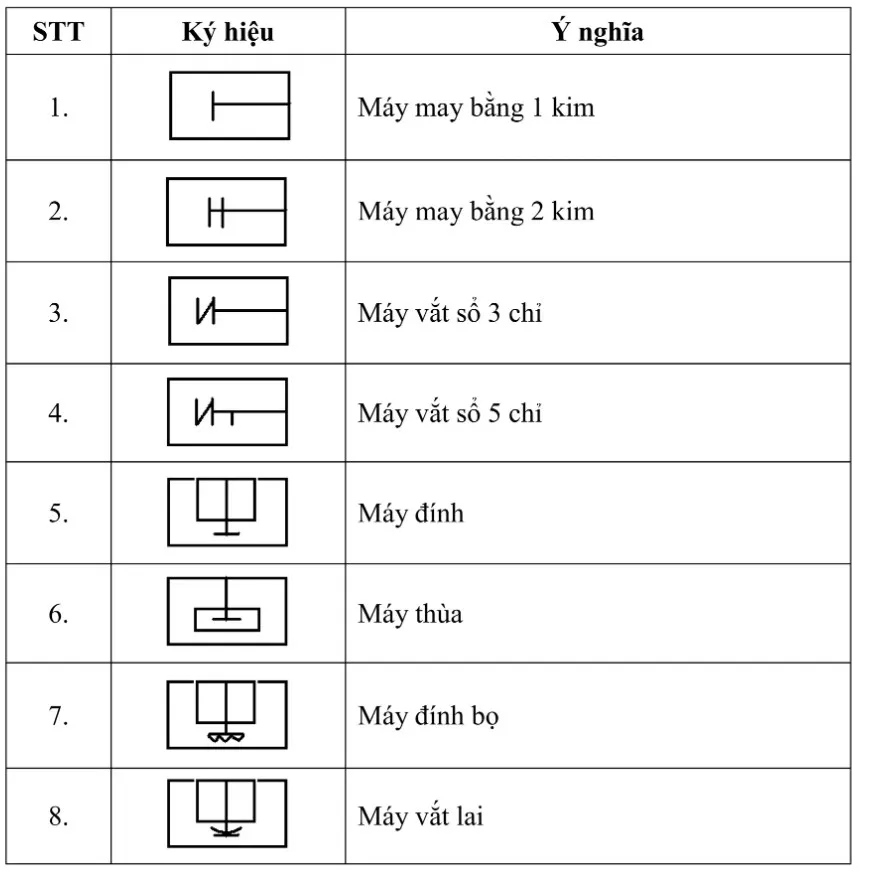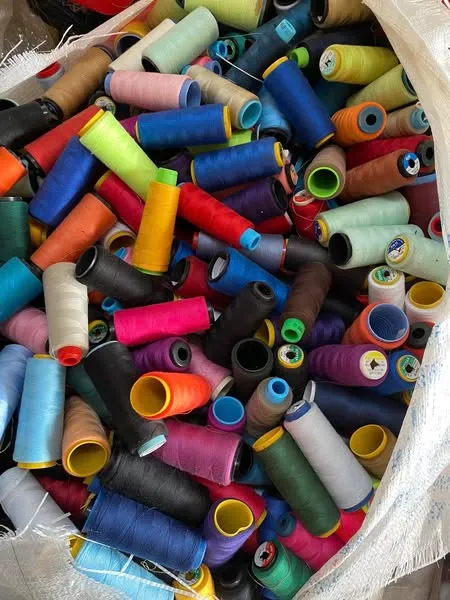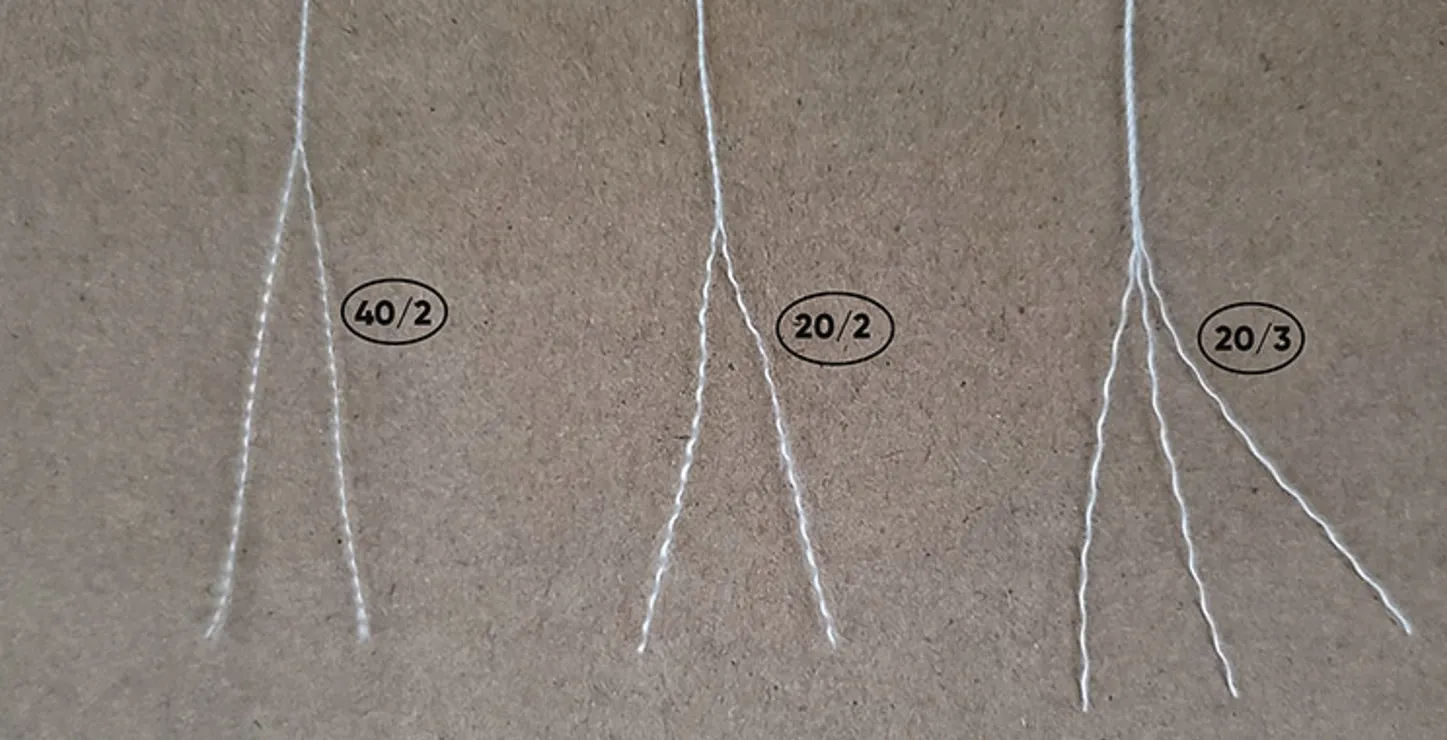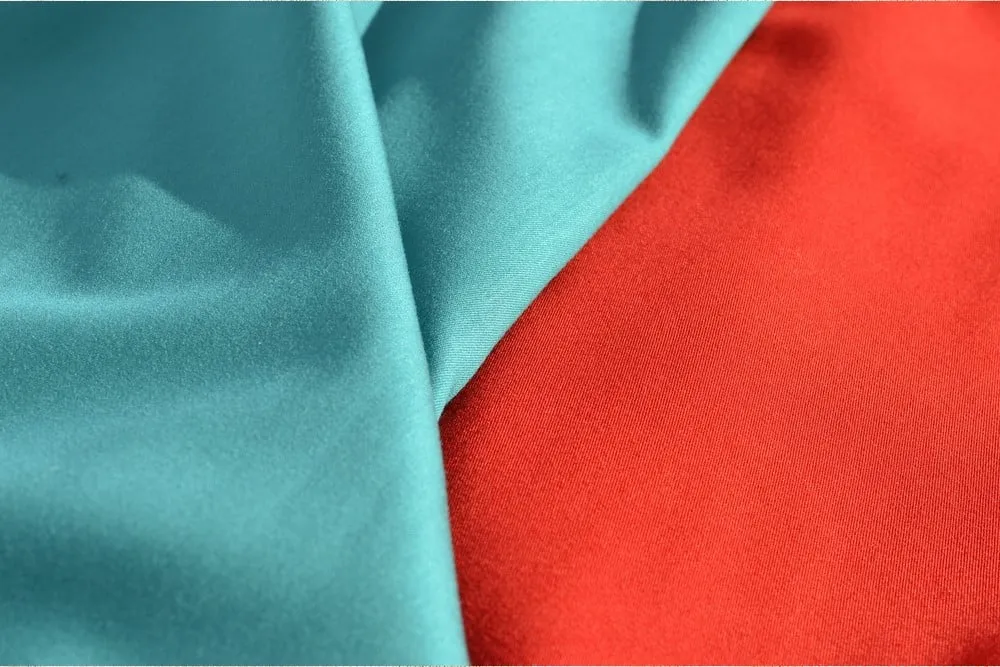
In the textile world, no single fiber can always deliver the best balance of comfort, durability, and cost-efficiency. That’s why Cotton CVC was born as an artful blend combining the natural softness of cotton with the strength and practicality of polyester. With cotton content typically above 50%, CVC fabrics maintain a gentle feel and breathability while significantly enhancing wrinkle resistance, shape retention, and durability. Polyester’s inclusion also helps the material dry faster and preserve color better. This clever fusion makes Cotton CVC ideal for both everyday wear and functional garments.

What Is Cotton CVC?
Cotton CVC (Chief Value Cotton) refers to fabrics whose main component is cotton, but which are blended with polyester at a balanced ratio (for example, 60% cotton + 40% polyester). The objective is to overcome drawbacks found in 100% cotton such as wrinkling, shrinkage, or slow drying while preserving the comfort and softness that cotton is known for.
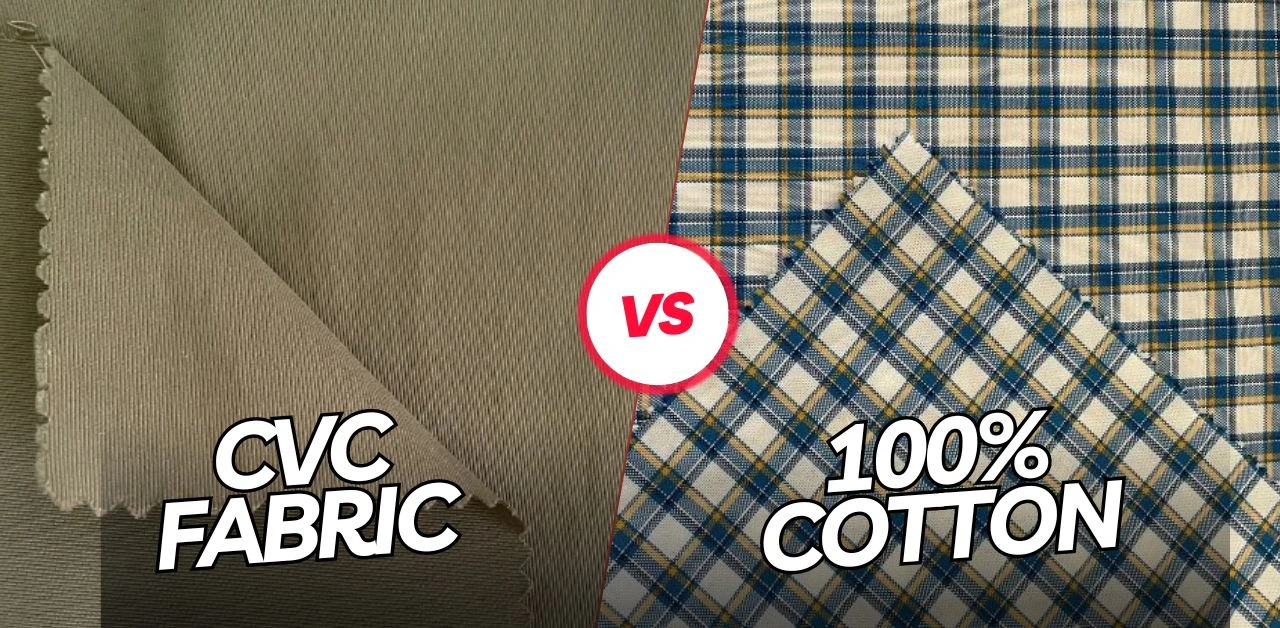
Key features of Cotton CVC include:
- Softness and breathability from cotton
- Enhanced strength, abrasion resistance from polyester
- Reduced wrinkling and shrinkage
- Faster drying time
- Better color retention
Together, these traits make Cotton CVC a versatile, practical textile choice.
Advantages and Disadvantages
Every fabric choice is a trade-off between feel, performance, and care and Cotton CVC is no exception. The main appeal of CVC lies in how it enhances comfort while staying easy to maintain. Its cotton content gives it softness and breathability, while polyester adds structure, color stability, and durability. This combination makes it a reliable choice for both fashion and functional garments. However, it’s important to understand both sides its strengths and its limitations before choosing it for production or personal use.
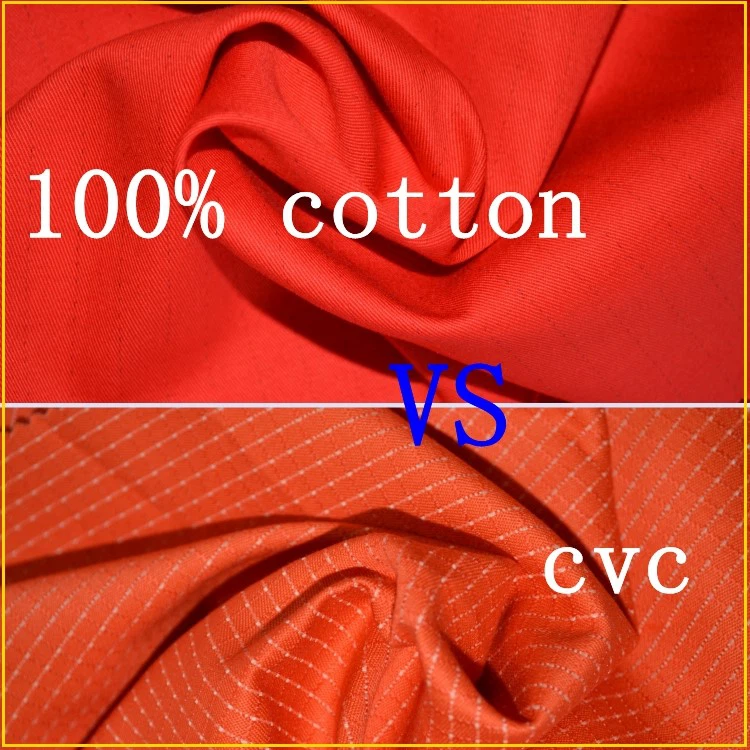
| Advantages | Disadvantages |
|---|---|
| Soft, breathable, and skin-friendly | Not 100% natural (contains polyester) |
| Highly durable and long-lasting | Slightly lower moisture absorbency than pure cotton |
| Wrinkle-resistant and shrink-resistant | Can generate static electricity in dry weather |
| Dries quickly and retains color well | Feels slightly less “luxurious” than pure cotton |
Advantages:
- Retains much of cotton’s softness and comfort
- Superior durability and wear-resistance
- Less wrinkling and shrinkage
- Faster drying times
- Better retention of color
Disadvantages:
- Not 100% natural contains synthetic fiber
- Lower moisture absorbency compared to pure cotton
- Can generate static electricity in dry conditions
- May feel slightly less “luxurious” to those seeking pure cotton
By knowing these, you can match Cotton CVC to the right product types and care conditions.
Common Applications
The versatility of Cotton CVC makes it a go-to fabric in many areas of garment production. Designers and manufacturers love it for creating clothing that looks professional yet feels comfortable. Its ability to resist wrinkles and maintain shape makes it perfect for uniforms, office wear, and school apparel. Meanwhile, its breathability and softness also suit children’s clothing and light sportswear. Beyond apparel, Cotton CVC is commonly used in bedding and home textiles, where it delivers softness, quick drying, and long-lasting form. In every application, CVC balances practicality with everyday comfort. Thanks to its balance of comfort and performance, Cotton CVC is widely used in a range of garments and textile items:
- Uniforms and office wear keeps shape, resists wrinkles, maintains color
- Children’s clothing softness for skin, durability for frequent washing
- Light sportswear breathable yet quick-drying
- Home textiles such as sheets, pillowcases, and pillow covers which benefit from both softness and functionality
Overall, its adaptability across contexts makes it a go-to fabric for many applications.
How to Care for Cotton CVC Fabric
Even though Cotton CVC is more durable than pure cotton, proper care helps preserve its softness and longevity. Gentle washing and correct drying ensure the fibers stay smooth and color remains bright. Avoiding harsh chemicals or high heat will also keep the blend stable over time. Wash at or below 40 °C, dry in a shaded place, and iron at a moderate temperature while slightly damp. With simple, consistent care, your CVC garments will stay fresh, soft, and reliable wash after wash. Though more robust than pure cotton, Cotton CVC still benefits from correct handling to extend its lifespan and appearance.
- Wash at temperatures below 40 °C
- Avoid using harsh bleach agents
- Dry in the shade and avoid prolonged exposure to intense sunlight
- Iron at medium heat when the fabric is slightly damp
These simple steps help preserve softness, color, and fabric integrity over many washes.
Conclusion / Final Words
Cotton CVC represents a smart compromise between the natural appeal of cotton and the practicality of polyester. It delivers a fabric that is soft, breathable, and comfortable but also stronger, more wrinkle-resistant, faster to dry, and color-stable. For clothing lines, uniforms, or home linens that demand both aesthetics and performance, Cotton CVC offers excellent value. In short: it’s not just a blend it’s a thoughtfully engineered fabric solution.

